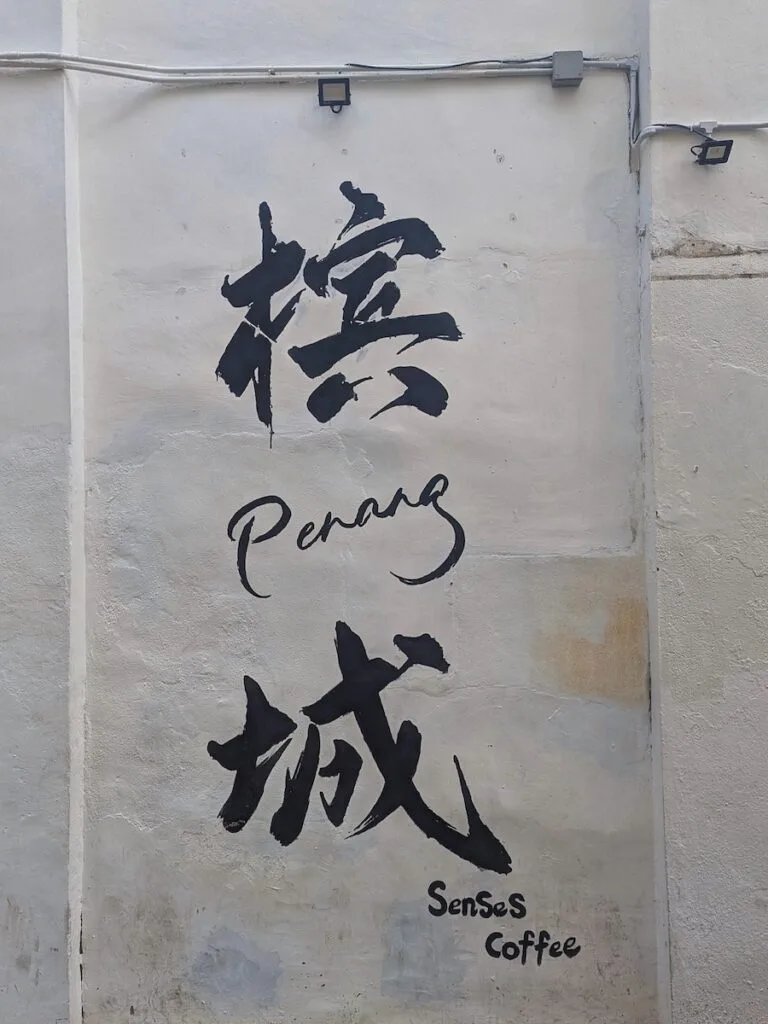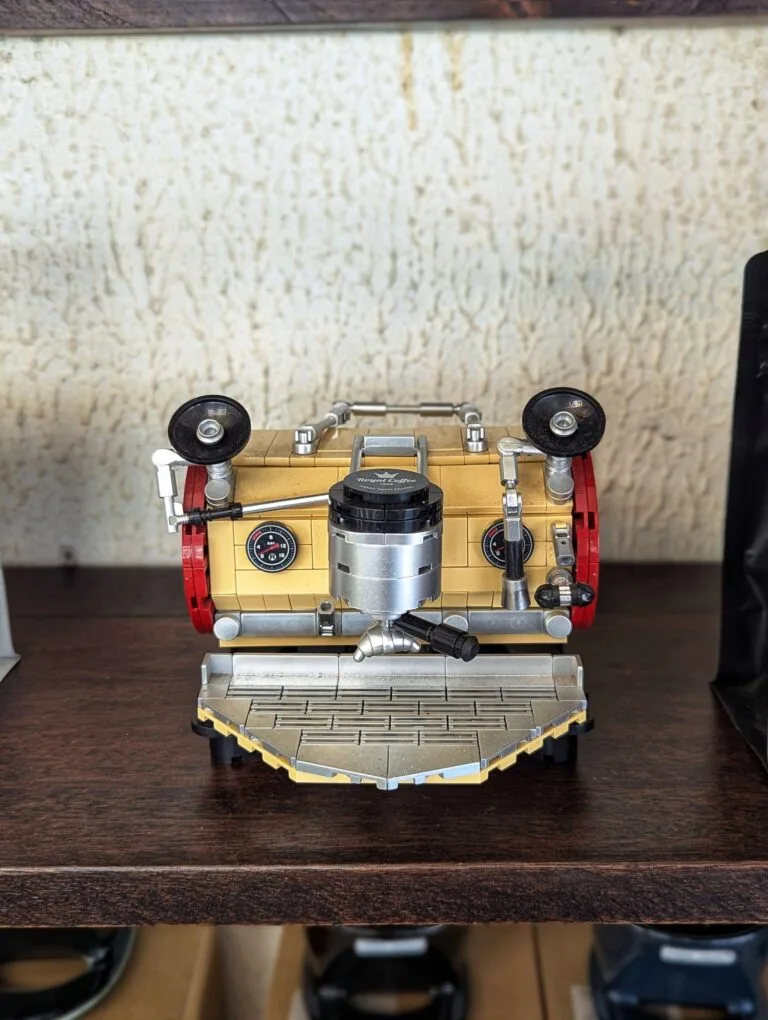We started our Malay adventure on the historic streets of George Town, Penang. As we stepped into Seng Thor Coffee Shop, a local café (more commonly known as Kopitiam), we were met with a vibrant atmosphere of chattering locals, clattering plates and the alluring smell of sweet, buttery coffee.
Join us as we make our way across the Malay Peninsula, uncovering the unique character and stories within local Kopitiams.
Kopitiam Origins
Kopitiam is a composite word made of Kopi (or ‘coffee’ in Malay) combined with Tiam (or ‘shop’) in the Chinese Hokkien dialect. As the name suggests, the origin of Kopitiam culture is closely tied to southern Chinese immigrants (Hokkien, Hakka and Cantonese) who settled in the Malay peninsula.
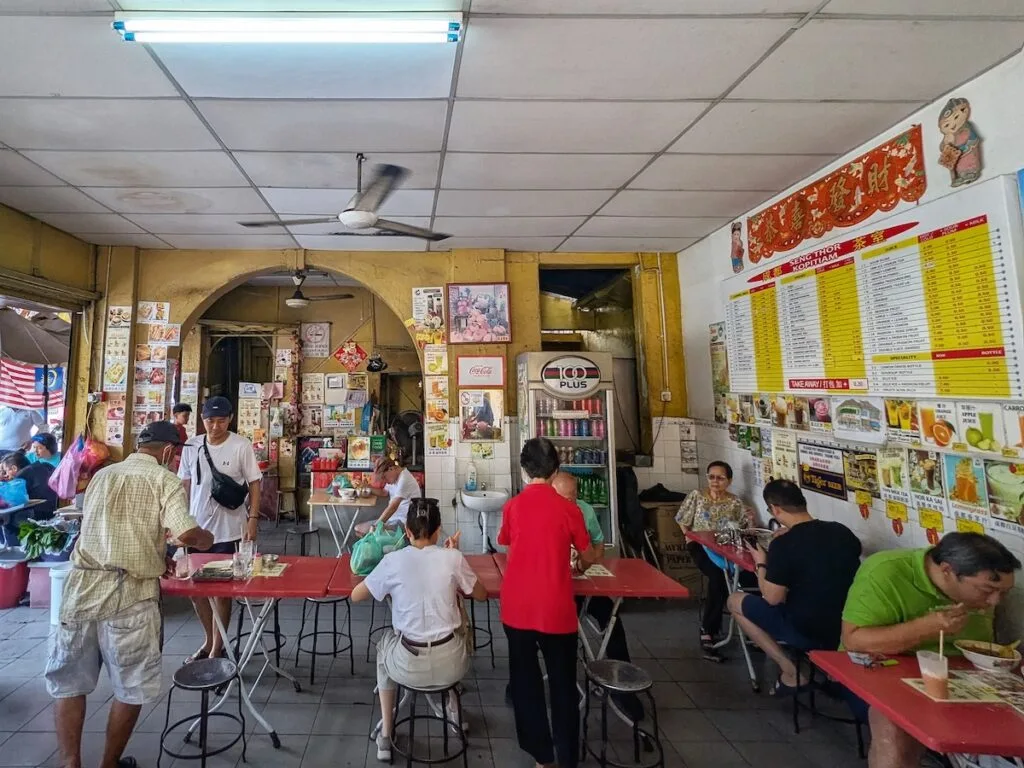
There is more to Kopitiams than coffee. At their core, they are closer to dining establishments targeting breakfast, lunch or both. It is practically impossible to step into a Kopitiam that does NOT serve food of any kind. Traditionally, they served as vibrant gathering spots for the early Chinese immigrants to gossip and exchange news from home.
It is worth noting that Kopitiam culture (with some differences) extends past the Malay peninsula to both Indonesia and Borneo, and the south of Thailand.
What makes Kopi special
The distinct character of Kopi lies in its unique approach from bean to cup.
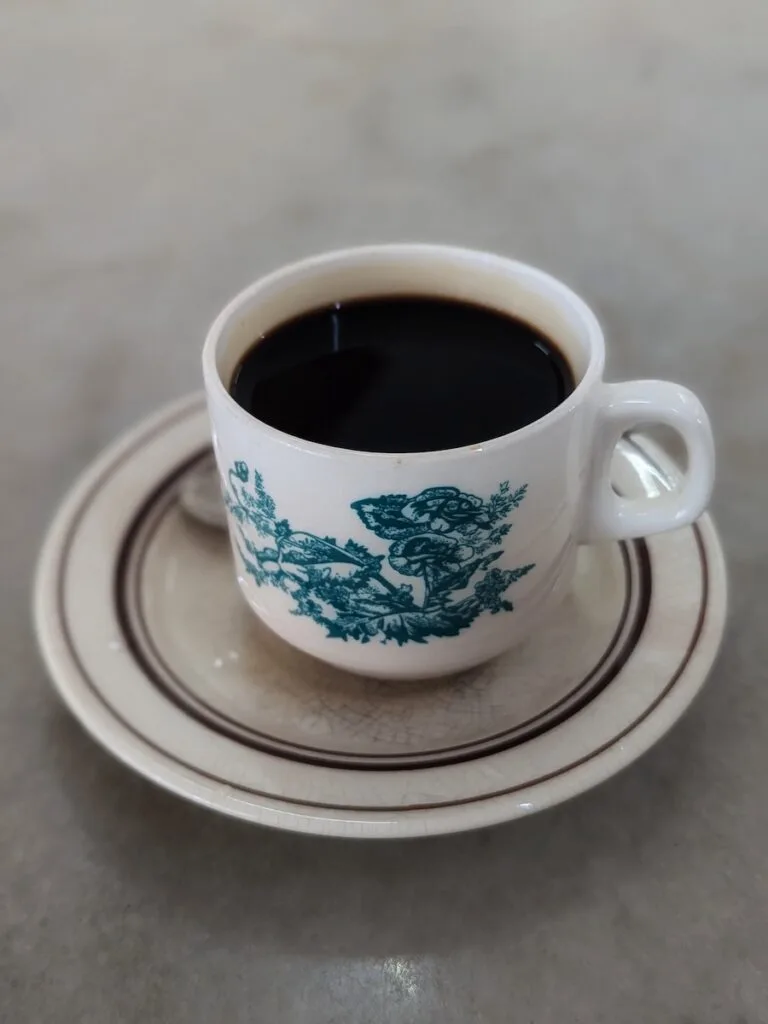
Kopi starts with a robust blend where Robusta beans take the lead, often complemented by Arabica, Liberica, and sometimes even roasted cereals like corn or rice for added depth.
The defining element is the two-stage roasting process. After an initial roast to develop flavour, the beans are caramelised with melted sugar and margarine or butter. This imparts them with the signature nutty aroma and mellow acidity of Kopi.
Brewing is straightforward. The coarsely ground beans are steeped into hot water for 3-5 minutes in a cotton filter (‘Kopi sock’). The rich brew is then traditionally served with condensed milk and sometimes evaporated milk.
The resulting flavour profile is often characterised by a pleasant nuttiness and a smooth, lingering sweetness from the condensed milk, though variations exist based on the blend and roasting.
How to order your Kopi
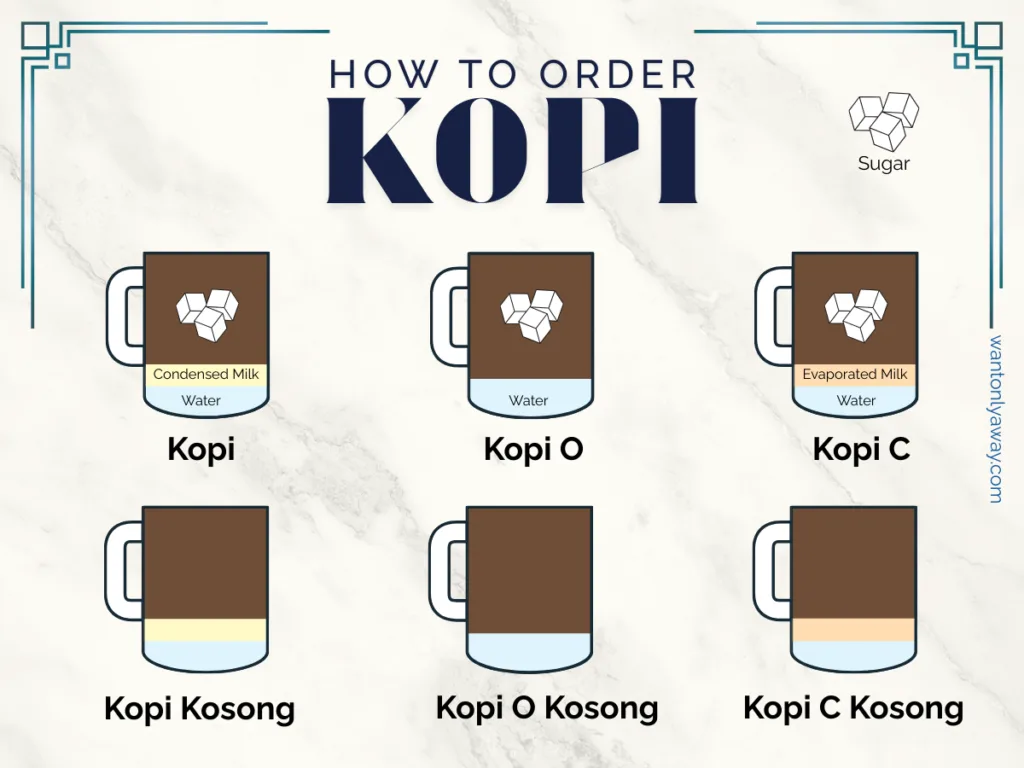
The word ‘Kopi’ simply stands for coffee, typically served with condensed milk. Therefore, if you’re after more adventurous combinations, you will want to specify how you want your coffee.
If you’re looking for a more unique experience try Kopi ‘Tarik’. Tarik, which means pulled, is a theatrical way of mixing the coffee with condensed milk by repeatedly pouring the combination between two containers. The result is a flawlessly mixed beverage with a smooth texture and a thin bubbly foam on top.
You don’t want coffee? You can order ‘tea’ by simply changing from ‘kopi’ to ‘teh’! And if you are like Pinn who loves both just get yourself a ‘Cham’ (kopi + teh), works like a charm!
This is the ‘starter pack’ for ordering kopi. We have seen kopitiams with over 20 different combinations on the menu. You can adjust anything from condensed milk, evaporated milk, coffee strength, to adding special ingredients such as eggs or Milo.
Typical Kopitiam Food
It is not possible to mention kopitiams without touching on the food. Here are three staple dishes common across kopitiams.
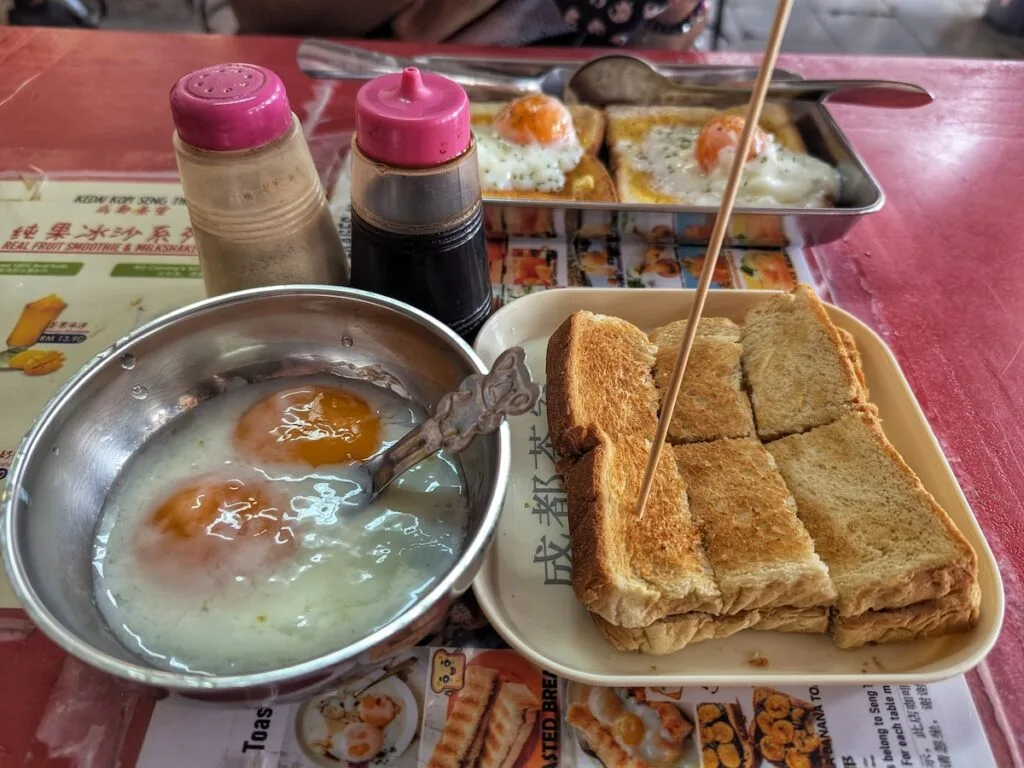
Kaya Toast
Kaya is a popular bread spread throughout southeast Asia. Made out of coconut milk, eggs, and sugar, kaya is often spread on toast together with salted butter to deliver the ever-so-popular Kaya Toast. Kaya toast is a staple of Malaysian and Singaporean breakfast.
Kaya can also be flavoured with pandan leaves to infuse with the floral, vanilla flavour of pandan which also gives it a distinctly green colour.
Half Boiled Eggs
Half boiled eggs are eggs cooked until the whites are just set and the yolks remain wobbly. They are cooked by soaking the eggs in boiling water (or more recently by microwaving them in a mug of water).
Drizzle some soy sauce, sprinkle some minced pepper and dip-in with the kaya toast!
Polo Buns
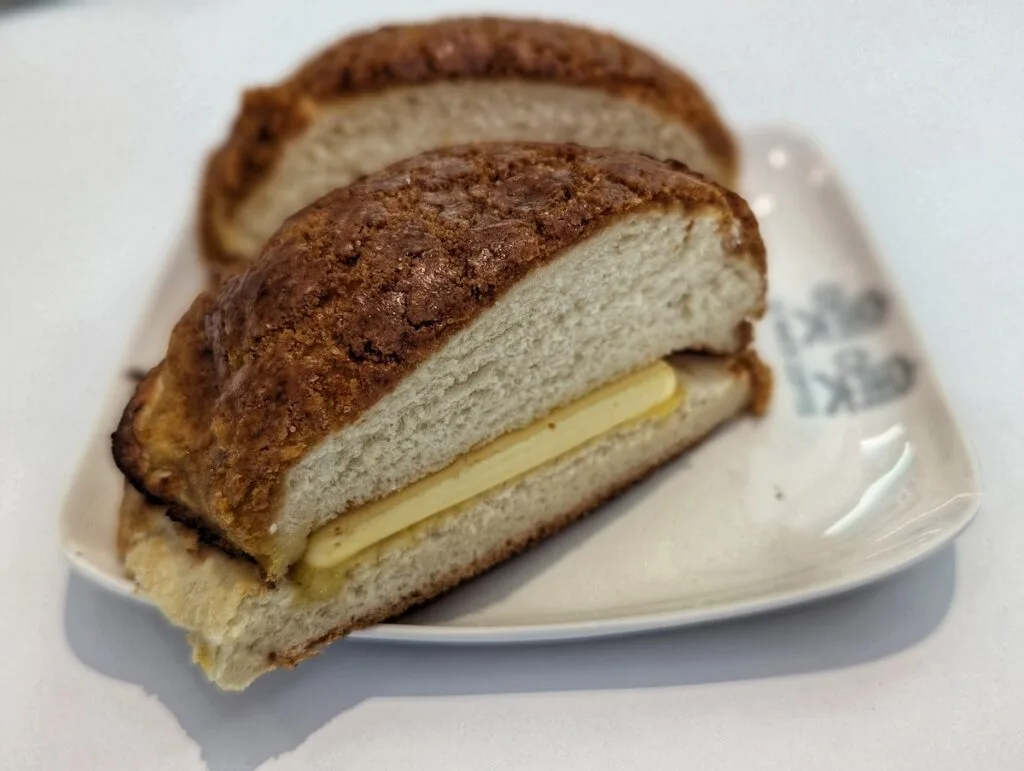
Polo bun, also commonly referred to as Pineapple Bun, is a sweet, soft and bouncy Hong-Kong style bun. Named after its pineapple skin texture, this is achieved by topping the bun with a mixture of butter, sugar, flour and egg yolk for the golden colour.
Polo buns are warmed up and served with an icy thick slab of salted butter in the middle.
Modern Kopitiams
Modern Kopitiams have expanded their menus past the traditional and now offer items such as char kway teow, hokkien mee, chicken rice and nasi lemak. Many are halal-certified to broaden their reach considering Malaysia & Indonesia’s muslim majority demographic.
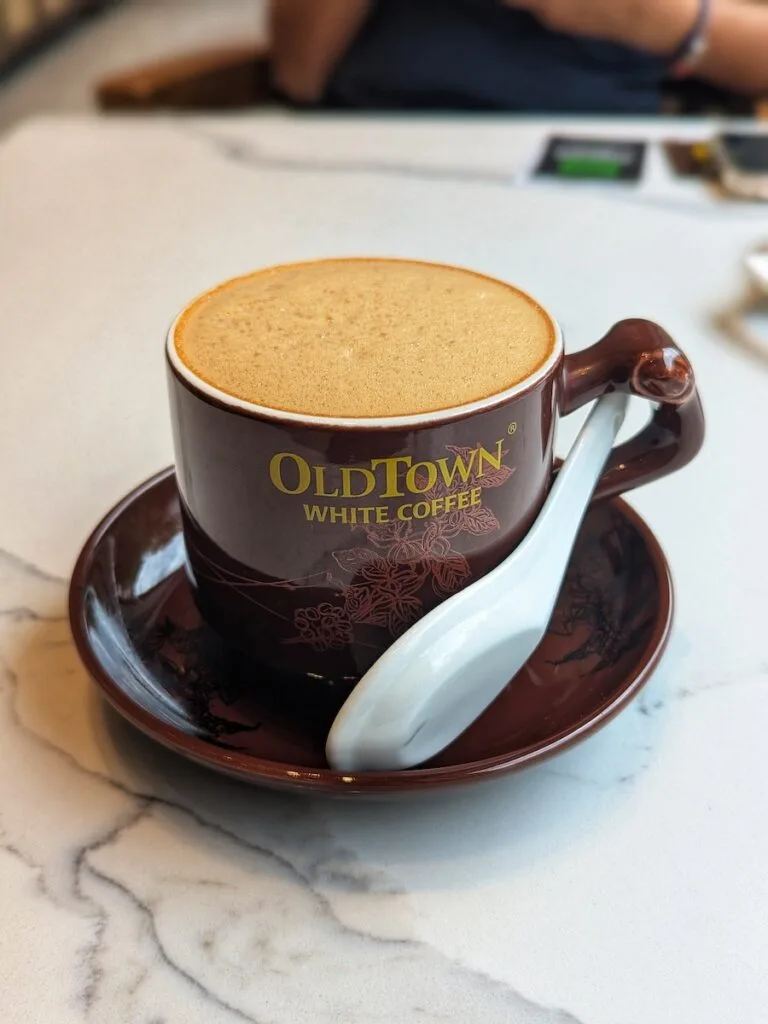
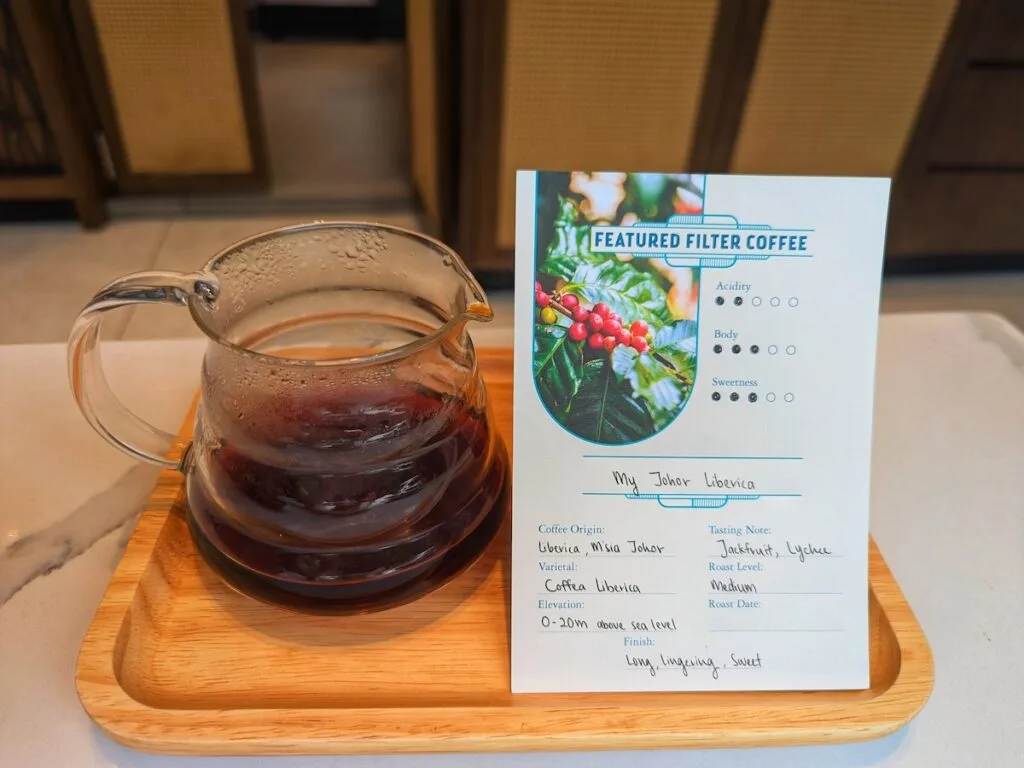
The most popular and established modern Kopitiam is without a doubt ‘OldTown White Coffee’. With its firm origins in Ipoh, Malaysia, the birthplace of white coffee, Old Town has developed into a blooming franchise spread across Malaysia, Indonesia, Singapore, China, and Australia. Old Town has grown far beyond the typical kopitiam and now offers Italian style coffee and pour-overs with a broad variety of beans.
A final sip (for now)
The Kopitiam is more than just a coffee shop; it’s a living testament to how cultural exchanges gave birth to an enduring legacy, deeply embedding itself as a cornerstone of daily life and a cherished tradition throughout the Malay Peninsula.
Join us as we explore this unique heritage starting in the historic streets of George Town, and making our way all the way to bustling Singapore.

